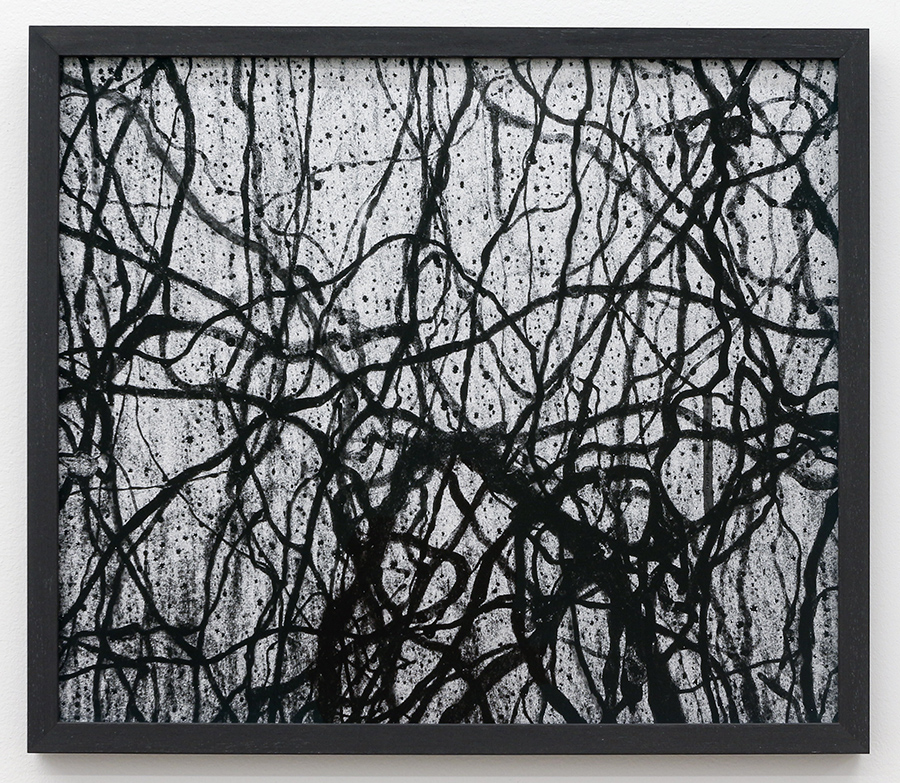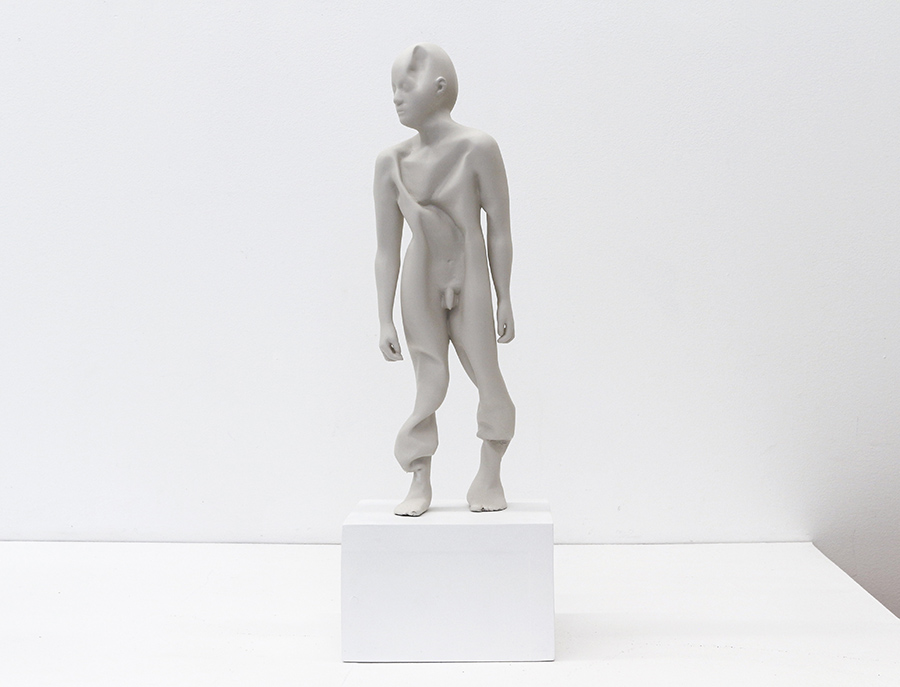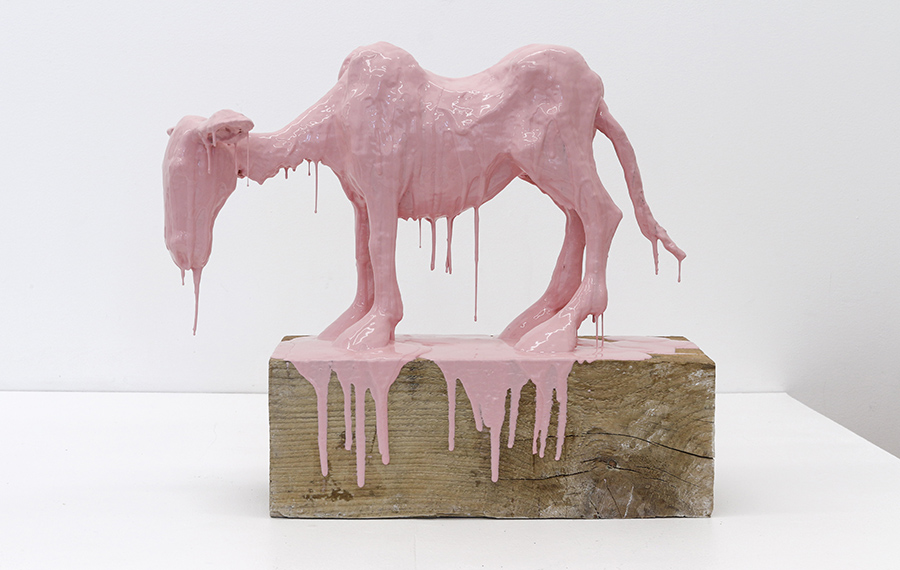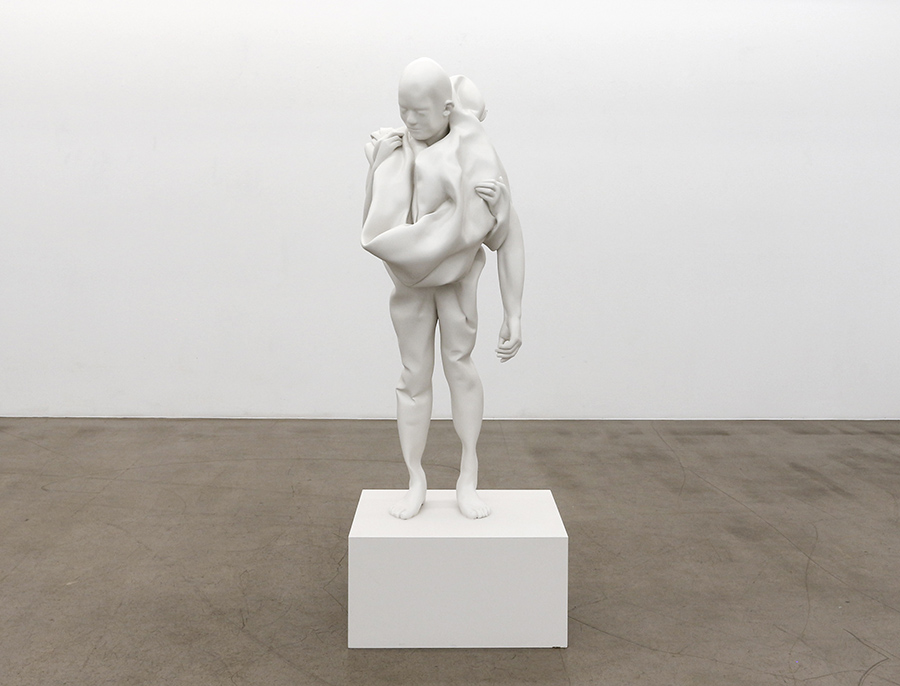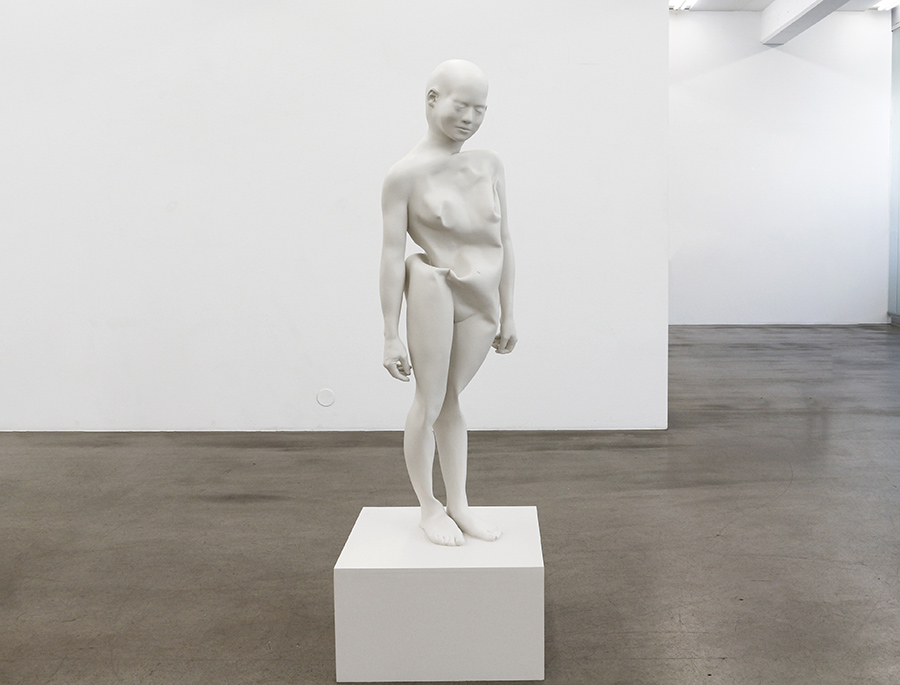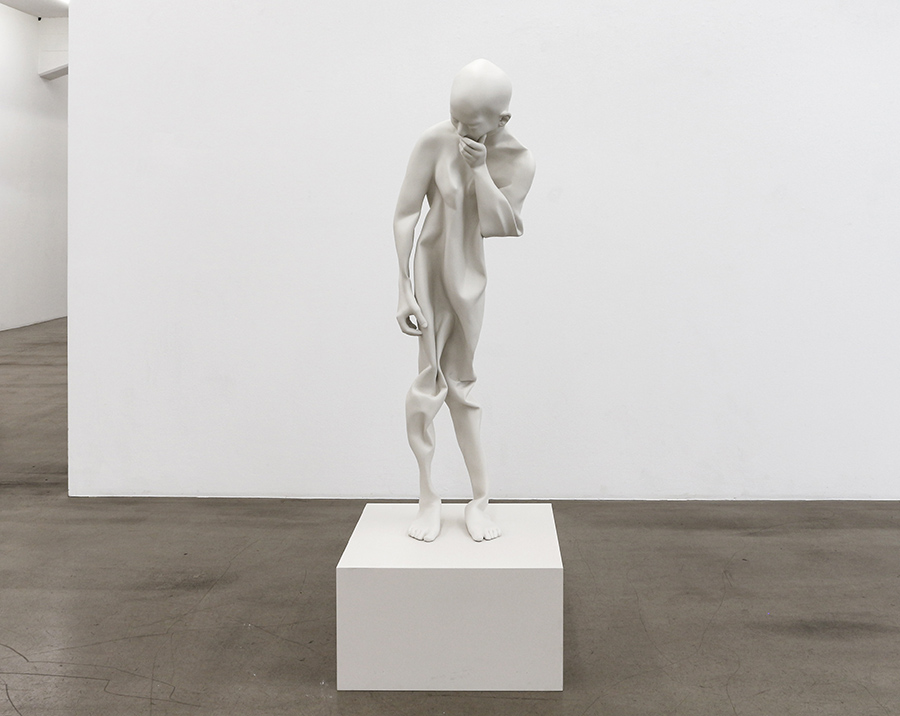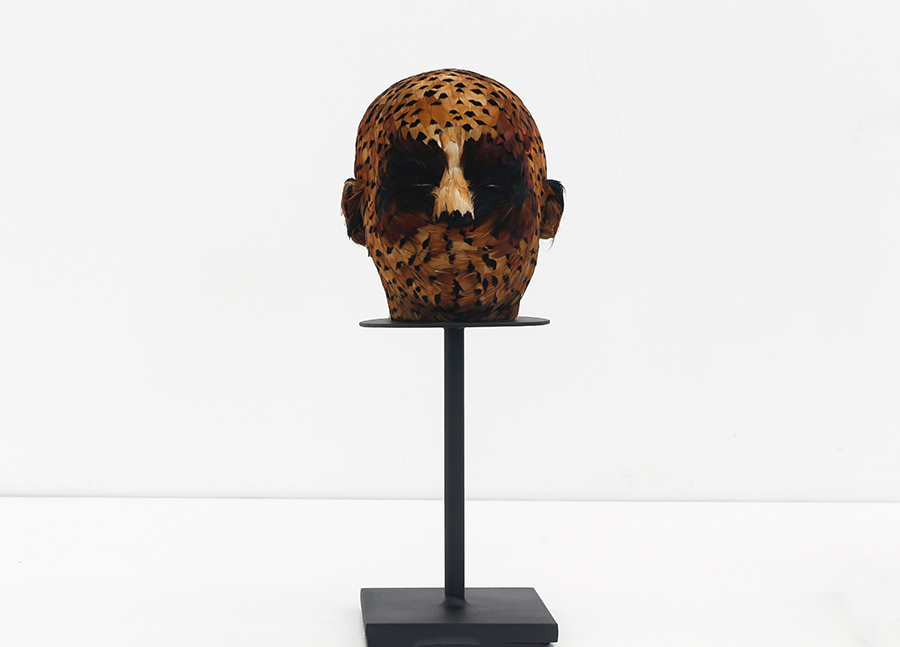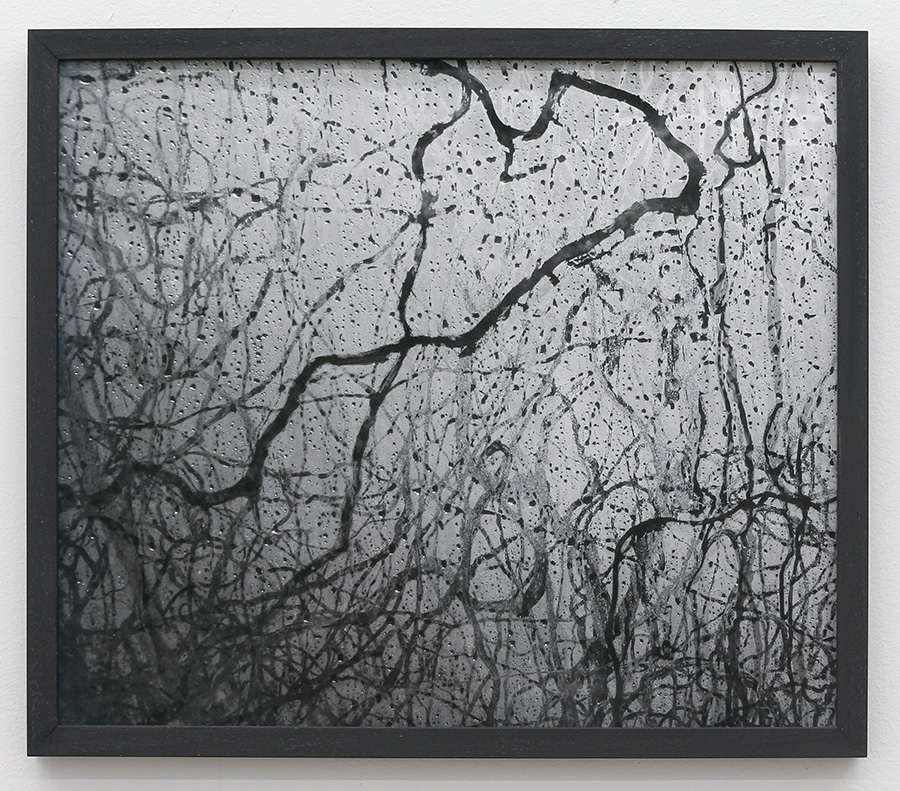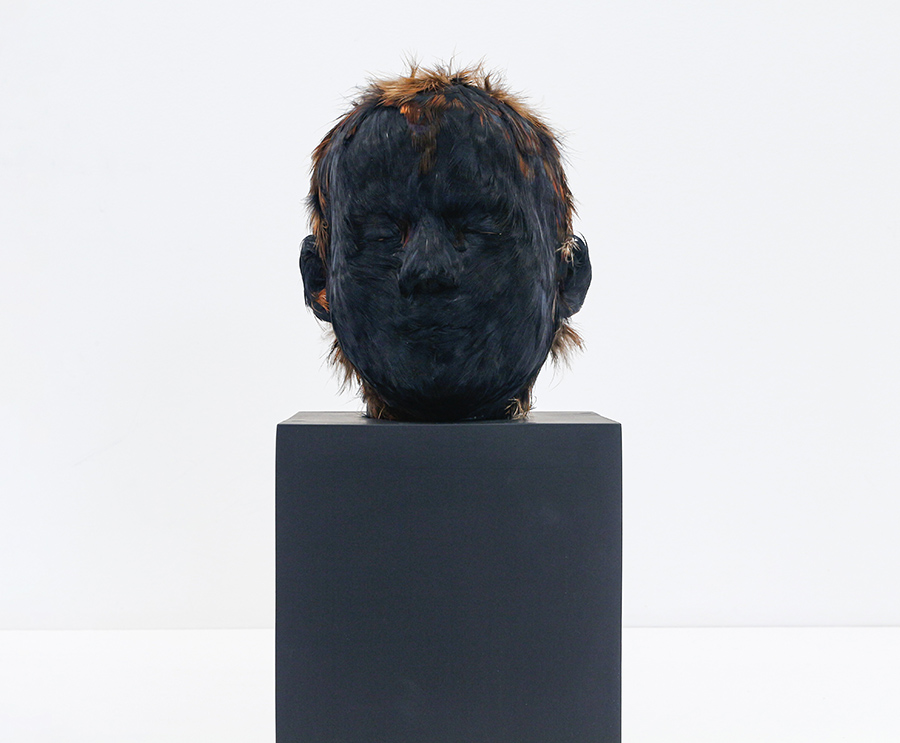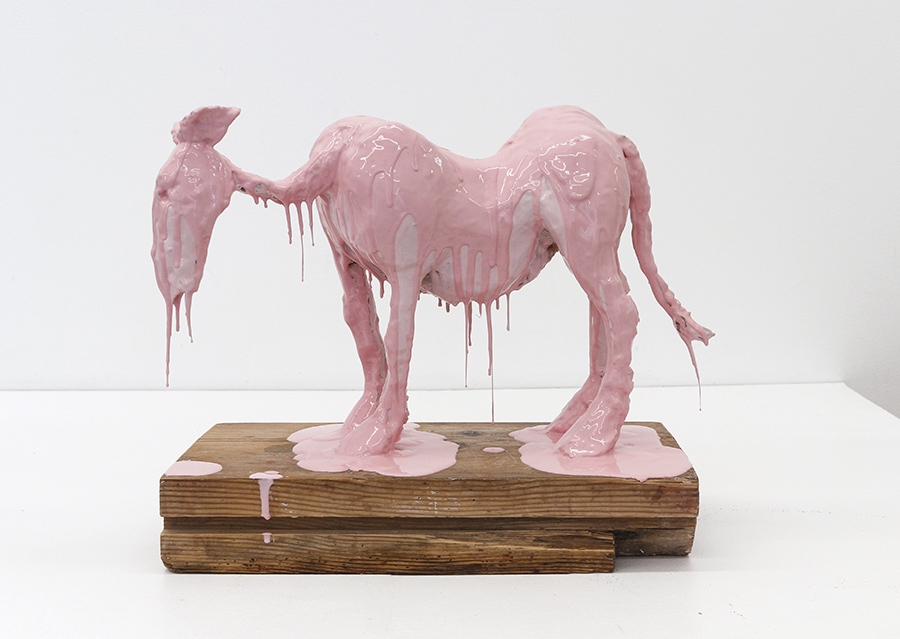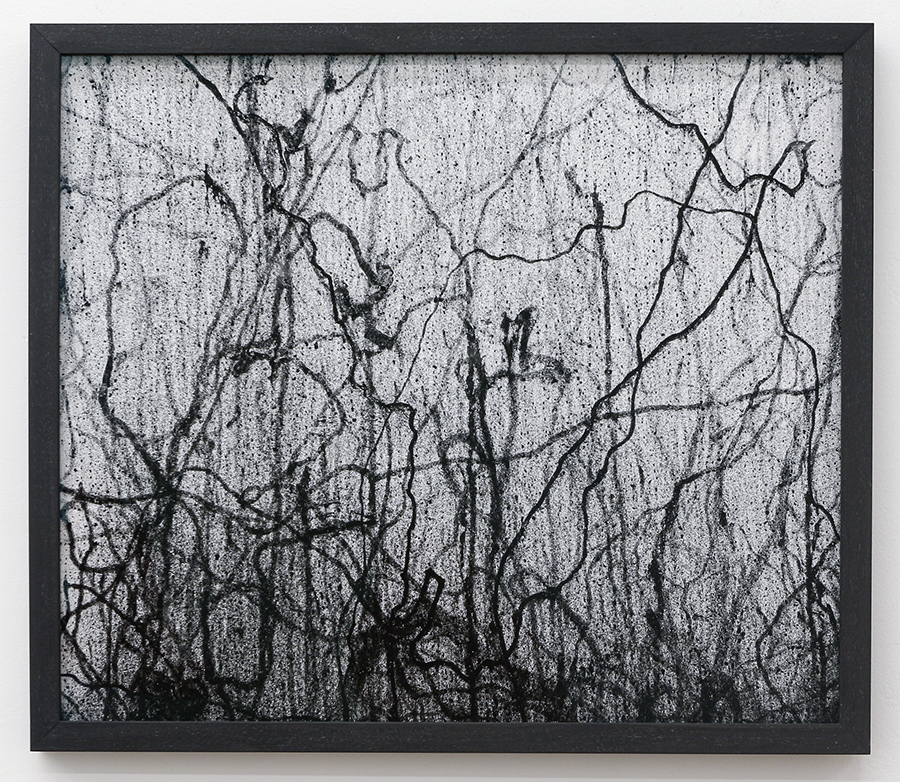









Lucy Glendinning Identity of shadows
Stockholm, 15.4–29.5 2021
Gallery Andersson / Sandström is pleased to present its third solo exhibition with the British sculptor Lucy Glendinning. The exhibition Identity of shadows presents new sculptures and works on paper.
In Glendinning’s work, her interest in psychology and philosophical issues is embodied and the human body becomes a meaning bearer. The human’s consciousness and its relation to the subconscious becomes the main theme of the exhibition. How does these underlying factors affect our existence and how do they shape our future in the long run?
My sculpture takes the human form as its starting point and tool. I draw from classical sculptural approaches and crafts, in the manipulation and experimentation of less usual materials.
– Lucy Glendinning
The artist’s fascination with “a society of the future” can be seen in the work Feather Child. The children materialize the questions in which the artist wonders whether we, in a world where our genetics can be freely manipulated, will be able to resist changes in our physical conditions. The feathered body recalls one of Greek mythology’s most classic tales of human fragility and hubris: the fate of Icarus. How far can we drive our progress before everything collapses?
In the series The Ghost in my machine, Glendinning lets the sculptures give shape to the human subconscious and how she in different mental states perceives her own body. But also, and more often from how other people perceive their bodies in different mental states, and moods, through a series of ongoing conversations, and research. The series is a commentary on ancient sculptures where the idealized human body manifests strength both physically and mentally. In the works, the human body has been distorted and taken the form of the sculpturally draped textiles found in the classical sculptures of antiquity. In contrast to antiquity, the undulating forms in Glendinning’s sculptures instead expose the reflection of human vulnerability.
Lucy Glendinning, born 1964, lives and works in Somerset, England. She graduated in 1986, at the University of the West of England in Bristol, after which she worked as a mold maker for the sculptor Elizabeth Frink. Today, Glendinning is one of England’s most prominent sculptors with several major sculpture projects behind her. She has received the Landscape Institute Award twice and is the 2010 winner of the Civic Trust Award.
Lucy Glendinning – Animal Drawing 38
2017–2021, 64 x 74 cm, Photo Rag, Giclee print, graphite and ink, GAS#8148
Lucy Glendinning – The boy who wasnt real 1
2018–2019, 58 x 20 x 20 cm, recycled plastic food packaging, gesso and timber, GAS#8189
Lucy Glendinning – Together
2020–2021, 173 x 54 x 52 cm, jesmonite, steel, timber and jesso, GAS#8492
Lucy Glendinning – The ghost in the machine 1
2019, 165 x 54 x 61 cm, jesmonite, steel, timber and jesso, GAS#8138
Lucy Glendinning – The Last Bird
2016–2018, 686 x 36 x 48 cm, Wax, jesmonite, timber and duck feathers, GAS#6080
Lucy Glendinning – Animal Drawing 9
2017–2021, 64 x 74 cm, Photo Rag, Giclee print, graphite and ink, GAS#8149
Lucy Glendinning – The ghost in the machine 2
2019–2020, 124 x 61 x 46 cm, jesmonite, steel, timber and jesso, GAS#8549
Lucy Glendinning – In her dreams
2019, 56 x 40 x 28 cm, jesmonite, wax, timber, duck feathers, GAS#8133
Lucy Glendinning – The Boys Animal 1
2018, 47 x 20 x 20 cm, jesmonite, wax, timber, pheasant feathers, steel, GAS#8129
Lucy Glendinning – The Boy who wasn’t real 4
2019–2020, 53 x 15 x 10 cm, jesmonite, steel, timber, GAS#8491
Lucy Glendinning – The Girl in her dreams
2016–2018, 69 x 207 x 132 cm, wax, jesmonite, timber, pheasant feathers, GAS#6074
Lucy Glendinning – Sleeping
2016, 29 x 16 x 21 cm, wax, jesmonite, timber, guinea fowl feathers, ed 3/6, GAS#8145
Lucy Glendinning – Animal Drawing 52
2017–2021, 64 x 74 cm, Photo Rag, Giclee print, graphite and ink, GAS#8151
Lucy Glendinning – The Boys Animal 2
2018, 47 x 20 x 20 cm, jesmonite, wax, timber, duck feathers, steel, GAS#8128
Lucy Glendinning – My Animal
2020, 37 x 44 x 20 cm, wax, jesmonite, timber and pheasant feathers, GAS#8493
Lucy Glendinning – Fledgling
2016–2017, 26 x 104 x 56 cm, jesmonite, wax, timber, duck feathers, bees wax and pigment, GAS#8096
Lucy Glendinning – The boy who wasnt real 2
2018–2019, 122 x 42 x 31 cm, jesmonite, steel, timber and jesso, GAS#8127
Lucy Glendinning – Animal drawing 19
2017–2021, 111 x 172 cm, direct media print, mdf, keyline frame, GAS#6077
